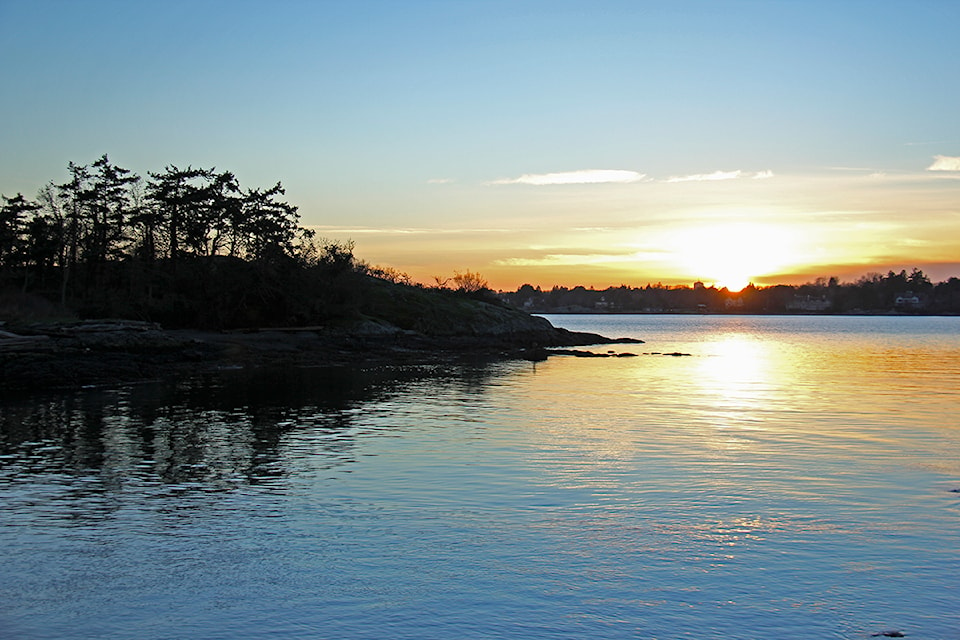It is very disturbing that Premier Eby and Minister of Environment and Climate Change Strategy George Heyman would support Saanich council’s dismissal of community planning to replace it with policy that is environmentally destructive.
For Saanich council to simply declare private lands as urban or rural is a disservice to the people living on, enjoying a visit to, strolling and breathing the air on lands such as in Cadboro Bay, Queenswood and Ten Mile Point. It is a disservice to wildlife.
The Cadboro Bay community is natural countryside, neither urban or agriculture rural (though many people in the area do have chickens and large food gardens). This area with many kilometers of winding, narrow, no-exit, sub-standard roads, lacks urban infrastructure. It has no urban noise, no air or light pollution. This community land has immense environmental qualities for combating air pollution and climate change. It has more biodiversity than areas too small to include multiple habitats.
Cadboro Bay has saltwater and brackish marsh; sand and rocky coast; freshwater streams; coastal Douglas fir, big-leaf maple, arbutus forest; and Garry oak woodland. The soil base also provides habitat. These natural areas contain native camas, fawn lily, snowberry and salal. The most productive habitats are the ecotone regions of transition between these biological communities. There are mink, otter and over 50 species of birds living along the Ten Mile Point shore, and in its forest and woodlands. Many birds are residents or come here to breed. They are now feeding insects to their babies.
To designate this area as urban is to promote cutting of trees, blasting of rock, hard surfacing over soil, and destruction of a natural habit that supports wildlife, birds, and combats climate change.
Bird species that depend on the native habitats of Ten Mile Point and its shoreline include: banned-tailed pigeons; Pacific slope flycatchers; Anna and rufous hummingbirds; piliated, hairy and downy woodpeckers; northern flicker; red-breasted sapsuckers; yellow, yellow rump, orange crown and Wilson warblers; ruby crown and golden crown kinglets, American gold, house and purple finches; pine siskin; song, fox, golden crown, white crown, white-throated and chipping sparrows; slate back junco; black-headed grossbeak; Bewick’s and house wren, chestnut-backed chickadee; red-breasted nuthatch; brown creeper; rufous-sided towhee; American robin; hermit thrush; bushtit; cedar waxwing; belted kingfisher; great blue heron; osprey; bald eagle; red-tailed hawk; coopers hawk; turkey vulture; great-horned owl; barred owl; northern crow and raven; glaucous wing gull; mallard, green-winged, wood, American widgeon and Eurasian widgeon; Canada geese; and others, such as shore birds and other gull species.
Mindy Richter
Saanich

